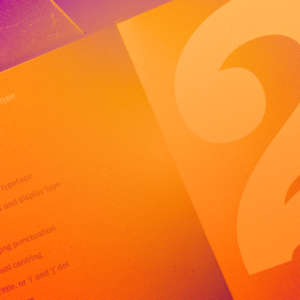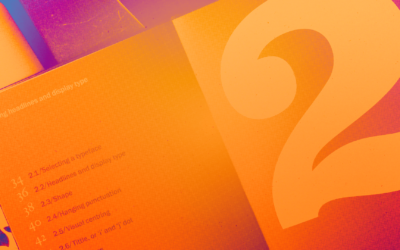AI has had a significant impact on the field of typography, offering new possibilities and advancements in design. Here are some ways AI intersects with typography:
1. Font Generation: AI algorithms have been employed to create new typefaces and fonts. By training on vast collections of existing fonts, AI models can generate unique and original typefaces. This opens up opportunities for designers to access a broader range of fonts and experiment with innovative typographic styles.
2. Font Pairing and Recommendation: AI-powered tools can analyze and suggest font pairings based on various factors, such as contrast, visual harmony, and typographic hierarchy. These tools assist designers in finding complementary typefaces and creating harmonious typography combinations.
3. Optical Character Recognition (OCR): OCR technology, which is powered by AI, allows computers to recognize and convert scanned or photographed text into editable digital formats. This technology has revolutionized typography by enabling the extraction of text from physical sources, such as books or documents, for digital manipulation or typesetting.
4. Text-to-Image Generation: AI models, such as generative adversarial networks (GANs), can generate realistic images from textual descriptions. This capability has implications for typography as it allows designers to envision and create typographic visuals based on textual input.
5. Responsive Typography: AI algorithms can assist in optimizing typography for different screen sizes and resolutions. By analyzing the layout and content, AI can dynamically adjust font sizes, line spacing, and other typographic parameters to ensure optimal readability and visual appeal across various devices.
6. Automated Layout and Typesetting: AI-powered systems can automate the process of typesetting and layout design. By analyzing content, AI algorithms can intelligently arrange and format text, adjusting line breaks, kerning, and other typographic elements to create aesthetically pleasing and well-balanced layouts.
7. Handwriting Recognition and Typography: AI technology has made significant advancements in handwriting recognition. This enables the conversion of handwritten text into digital format, making it possible to incorporate personalized handwriting styles into digital typographic designs.
While AI offers exciting opportunities in the field of typography, it’s important to note that human creativity and expertise remain crucial. Designers can leverage AI tools to enhance their workflows, explore new possibilities, and gain insights, but ultimately, it is the designer’s vision and skill that brings typography to life in compelling and meaningful ways.

